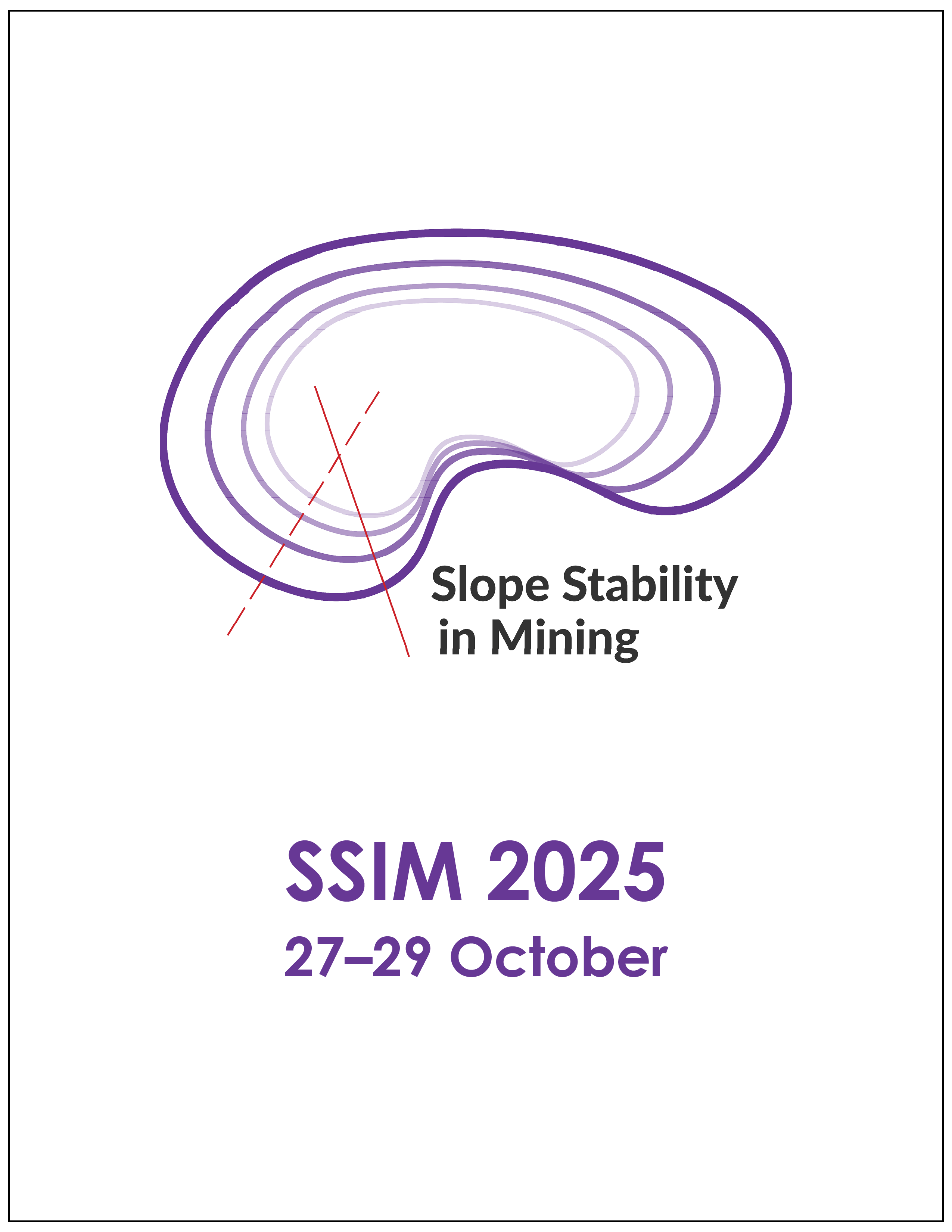Challenges of InSAR monitoring: a case study from an iron ore open pit mine

|
Authors: Ferreira de Souza, M; Mapa Clemente, B; Mozer de Assis, L; de Oliveira Carvalho, V |
DOI https://doi.org/10.36487/ACG_repo/2535_53
Cite As:
Ferreira de Souza, M, Mapa Clemente, B, Mozer de Assis, L & de Oliveira Carvalho, V 2025, 'Challenges of InSAR monitoring: a case study from an iron ore open pit mine', in JJ Potter & J Wesseloo (eds), SSIM 2025: Fourth International Slope Stability in Mining Conference, Australian Centre for Geomechanics, Perth, https://doi.org/10.36487/ACG_repo/2535_53
Abstract:
Satellite radar, also known as InSAR (Interferometric Synthetic Aperture Radar), is a technology widely used in mining for geotechnical monitoring, applied to open-pits, waste dumps, dams, industrial slopes, and underground mines (subsidence). This method has the ability to detect slow deformations, covering areas of interest over a large area. With this, InSAR enables strategic monitoring, with the detection of deformation processes in their premature state. Like all technology, InSAR has some limitations, one of which is geometric distortion. Geometric distortion is a phenomenon that depends on the satellite's orbit and its track, incidence angle, as well as the geometry of the structure to be monitored. Satellite-based sensors scan the area of interest from a side looking perspective, so that the waves return from the surface at different times and make it possible to differentiate between them. If the sensor emitted the waves vertically, it would receive all the returning waves at the same time, making this differentiation impossible. In regions of flat terrain, the wave reflected from the surface returns in chronological order, so the distances between the satellite and the ground are correctly dimensioned in the space of the satellite image. In places with varied topography, such as geotechnical structures, this situation becomes more complex, since waves can return in a disordered manner, resulting in a distorted image product. Regions with geometric distortion do not present reliable surface data, making interferometry and, consequently, the monitoring of deformations with this technology impossible. This paper explores the limitations of monitoring with orbital radar, with emphasis on data loss due to geometric distortion. A case study is presented in an iron ore open pit mine, in which it is possible to interpret the type of distortion present through the signal return maps, as well as other common InSAR limitations, such as decorrelation.
Keywords: open pit monitoring, InSAR limitations and geometric distortion
References:
Audigé, C, Bals, A, Beale, G, Coetsee, S, Coli, N, Colombo, D, ... Wessels, F 2020, ‘Monitoring requirements, limitations and applications’, in E Eberhardt & R Sharon (eds), Guidelines for Slope Performance Monitoring, 1st edn, CSIRO Publishing,
Clayton, pp. 77–130.
Constantini, M, Malvarosa, F, Minati, F & Assis, LM 2016, ‘Operational monitoring of mines by COSMO-SkyMED PSP SAR interferometry’, Proceedings of the Living Planet Symposium, European Space Agency, Paris.
Costa, TAV 2021, Brazilian Banded Iron Formations: A Geological and Geotechnical Characterization From Hard and Fresh to Weak and Completely Weathered Rocks, PhD thesis, The University of Western Australia, Perth.
Ferreti, A, Prati, C & Rocca, F 2001, ‘Permanent scatters in SAR interferometry’, IEEE Transactions on Geoscience and Remote Sensing, vol. 39, no. 1, pp. 8–20.
Sharon, R & Eberhardt, E (eds) 2020, Guidelines for Slope Performance Monitoring, 1st edn, CSIRO Publishing, Clayton, pp. 331.
Souza, MF 2024, Efeito de Multicaminhamento em Radares Terrestres no Monitoramento Geotécnico de Cavas (Multipath Effect in Ground-Based Radars for Geotechnical Monitoring of Open-pit Mines), final report, Instituto Tecnológico Vale, Belo Horizonte.
© Copyright 2025, Australian Centre for Geomechanics (ACG), The University of Western Australia. All rights reserved.
View copyright/legal information
Please direct any queries or error reports to repository-acg@uwa.edu.au
View copyright/legal information
Please direct any queries or error reports to repository-acg@uwa.edu.au

